Common Insole Misconceptions
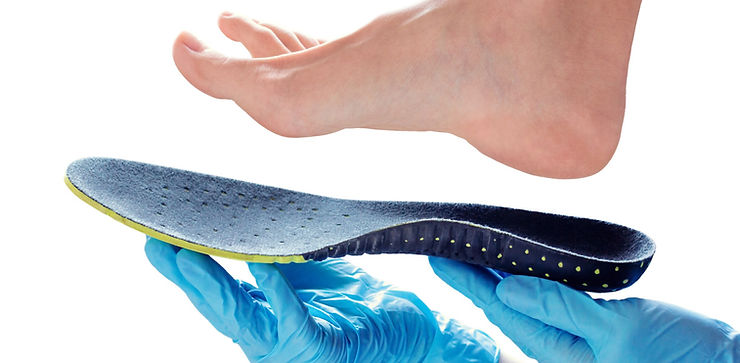
In a study by Glasgow Caledonian University, nearly 40% of individuals surveyed reported moderate to severe foot pain. Do you struggle with pain in your feet as well? It’s often linked to other issues, like misalignment in your hips, back, or shoulders.
Or, you may have a different problem, like bunions, arthritis, or plantar fasciitis. You don’t have to grin and bear the pain. If you suffer from any of the above, you may want to consider foot insoles.
Are Insoles Bad For Your Feet?
Insoles, or orthotics, are inserts you place inside your shoes. But should you use them? Some suggest inserts harm your posture or provide too much cushioning.
Poor quality or mass-produced insoles are unlikely to help you support your feet properly. But the right insoles, provided by a podiatrist, will be custom made for your feet. They’re a great tool for promoting better foot posture and support.
Common Misconceptions
The most common misconception about insoles is that they need to provide cushioning. While cushion can be helpful, insoles that are too soft can promote slipping. They can also keep you from maintaining proper foot positioning and alignment.
Another misconception is that you have to use your insoles in walking or running shoes. In actual fact, you can get insoles for any kind of closed shoe, from loafers to high heels.
Finally, some believe insoles should be sturdy enough to keep the arch in the right position at all times. But such insoles may not cushion the pressure points in the toes, ball of the foot, and the heel.
Ultimately, you want to make sure you speak to your podiatrist about the best insoles for you. You may need custom-fitted orthotics. Or you may be able to use a brand recommended by your doctor.
Uses for Foot Insoles
Insoles have many helpful uses, even for those who do not have a diagnosed condition. You should consider foot insoles for any of the following benefits.
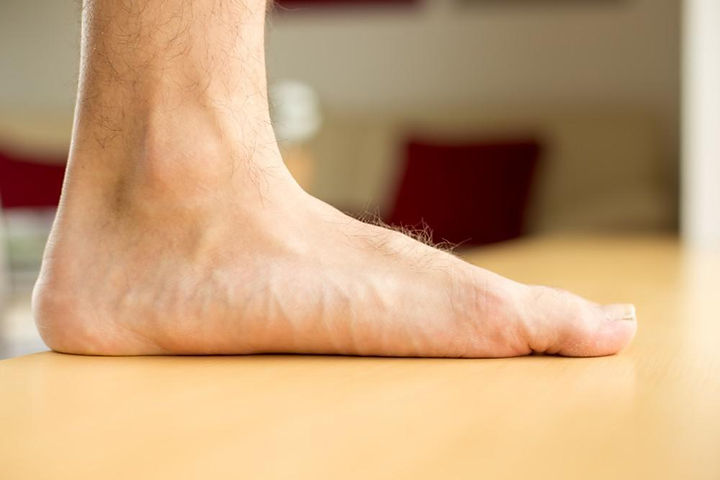
Supporting Flat Feet
If, when you stand, the soles of your feet make contact with the floor, you have what’s referred to as flat feet. Everyone begins life with flat feet and develop arches as they grow. But some children never develop them, ending up with flat feet.
Fallen arches, where the ligaments that support the arch grow weak over time, can also cause flat feet. Foot injuries and obesity can contribute to flat feet, too, as can a tight Achilles tendon.
Thankfully, there are insoles for flat feet. You can use these to build strength and support in your arch. Flat foot soles provide stability and cushion to make sure you’re realigning your feet without causing strain to other parts of your body.
Your doctor can suggest the right kind of 3D-printed orthotic to fit your feet perfectly.
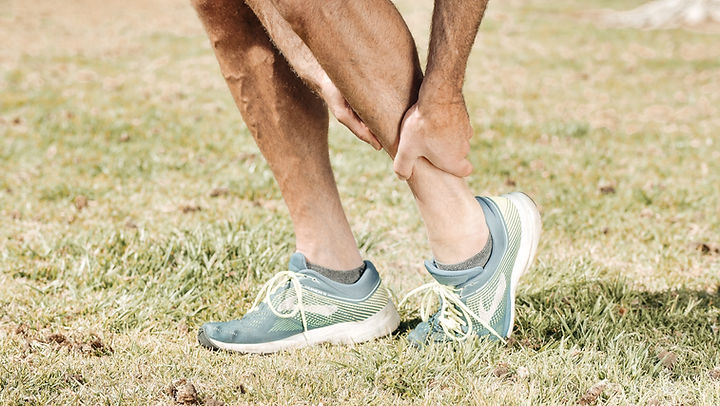
Relieving Foot Pain
Finding relief from pain is one of the most common reasons people opt to try insoles. You may experience aches in the balls of your feet while standing or walking. Or you may suffer from something more severe, like plantar fasciitis.
No matter the reason, insoles for foot pain can provide relief. It all depends on what issues you’re dealing with.
If you’re a strong heel-striker, you may need foot relief insoles with added cushion in the heel. If you have bunions, you might consider some ball of foot insoles. These can ease the pressure and inflammation in that area.
It may be that the shoes you’re wearing aren’t providing enough support either. Always be sure to take that into account when determining whether you need to invest in insoles.
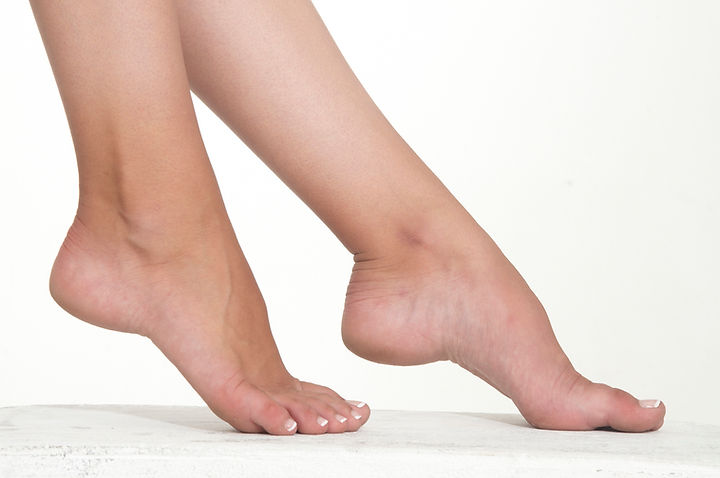
Providing Arch Support
Another of the most common reasons people get insoles is to provide arch support. Arch support can be helpful both for people with flat feet and for those with high arches.
Arch support re-trains connective tissues by lifting them within the shoe. It can also keep the foot from pronating inward. Overpronation can contribute to flat feet as well as ankle and knee injuries.
For those with high arches, arch support keeps them from falling or becoming injured. To produce the best insert, your podiatrist will use tools like the sulcus stick to create a scan of your foot. After that, they can use the scan to build your foot arch support insoles.

Improving Posture
Insoles can also help improve your posture. When your feet are properly aligned, your hips and knees will be as well. This means you’ll be less likely to injure these parts of your body or develop issues in your spine.
Maintaining proper posture is essential to your overall health, especially when you sit or hunch over for long periods of time. Take preventative measures now by keeping everything in alignment with insoles.
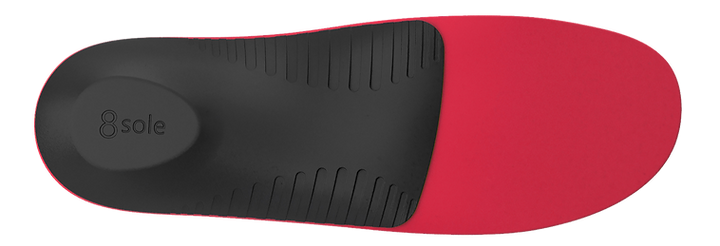
Adding Comfort
Of course, one of the best reasons for getting an insole is to add comfort! You may not need reconstructive or supportive inserts. You may simply want an additional cushion in your walking shoes.
If that’s the case for you, memory foam inserts are a great option. Just be sure your shoes already provide the necessary support.
Using Foot Insoles
Foot insoles are not bad for your feet. Conversely, they can help relieve and prevent many health issues. If you’re thinking about trying insoles, speak to your podiatrist about your options.